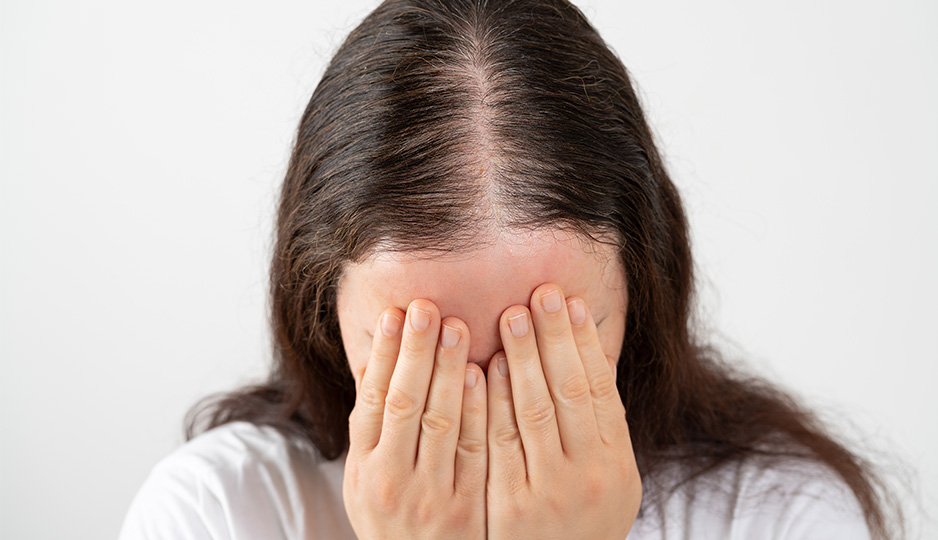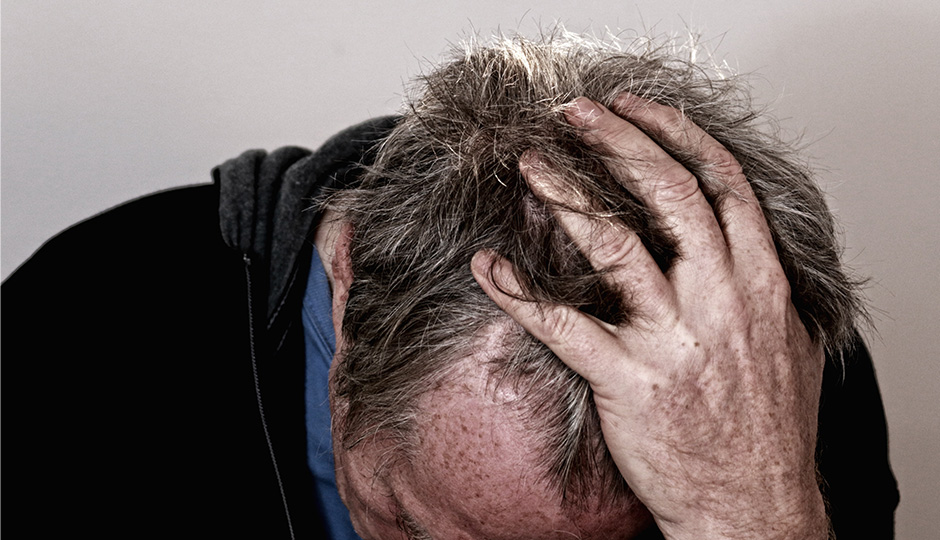Most people know that when they hear the word "alopecia", it means hair loss or baldness. What many of those people don't realize is that there are several different types of alopecia. Let's take a look at the different types of hair loss conditions, as well as discuss the characteristics of each one.
Three forms of Alopecia are Autoimmune Conditions:
1. Alopecia Areata
This autoimmune condition is most often characterized by a person losing patches of hair. It can be caused by many factors, including excessive stress. Alopecia areata is experienced by both men and women, who notice round areas of baldness on the scalp when the hair follicles are attacked by the body. In many cases the hair can grow back with proper treatment.
2. Alopecia Totalis
Alopecia Totalis is an autoimmune condition resulting in complete hair loss on the skull and face. While Alopecia Areata is most often temporary, Alopecia Totalis tends to be non-reversible.
3. Alopecia Universalis
This condition is characterized as the loss of all hair on one's body. It occurs when the hair follicles are mistakenly attacked by the immune system. It can affect men or women, and there is currently no known cure for the condition.
The Most Commonly Known Alopecia Is Androgenic Alopecia
This extremely common type of alopecia refers to genetic hair loss conditions that most people are familiar with. Male and female pattern baldness affects millions of people. When the hormone testosterone in a person's body is turned into Dihydrotestosterone (also called DHT) by the enzymes, it causes the hair follicles to shrink. As a result, hair begins to thin and then fall out, and the condition is known as Androgenic Alopecia. This usually shows by receding hair line and thinning in the crown, usually forming an M.
Traction Alopecia
This type of alopecia is fairly common among females who habitually pull the hair too tight, such as wearing tight hairstyles or rough styling techniques. Ponytails and hair braiding are good examples of hair styles that can cause Traction Alopecia. The hair is pulled out of the follicle, removing the root, and causing thinning and hair loss. This condition can be escalated by excessive chemical treatments, such as bleaching or straightening.
Postpartum Alopecia
Postpartum alopecia is experienced by women who have had a recent pregnancy. As long as six to nine months after the end of a pregnancy, a woman may notice that her hair is thinning and falling out. Although the condition can affect a woman's self-esteem, it is also the least permanent type of alopecia. Normal hair growth typically resumes within a year. A common myth is that this condition is related to breastfeeding, however, it is actually caused by the hormonal changes that occur during pregnancy. During this time, hair remains in the growth period and is less likely to shed normally. After the pregnancy, the hair temporarily falls out at a faster rate.
Telogen Effluvium
While this is another temporary form of alopecia, it can still be overwhelming for the person who experiences it. Telogen effluvium typically occurs after a stressful or traumatic event in a person's life. While complete balding does not occur, the person usually loses enough hair for it to be noticeable.
What Are My Options?
There are many options available to both men and women for all types of alopecia. At LH Hair, we are professionals who cater to the individual needs of each and every client. The first step is to closely examine the scalp and hair follicles to determine unhealthy conditions that are contributing to hair loss. We use a microscopic camera to take pictures and share with you how your scalp looks and show you pictures of healthy scalps. Most importantly, timing is of the essence. While hair may have fallen out, as long as the hair follicle is alive, new hair can grow. But once that hair follicle dies, there is no way to regrow your hair.
Our first concern is to get your scalp healthy, stimulating hair growth. If you still need or desire more hair, we can then discuss other options such as hair replacement, toppers, extensions or wigs. Call today to schedule your free consultation and find out what solutions are appropriate for your unique situations.



